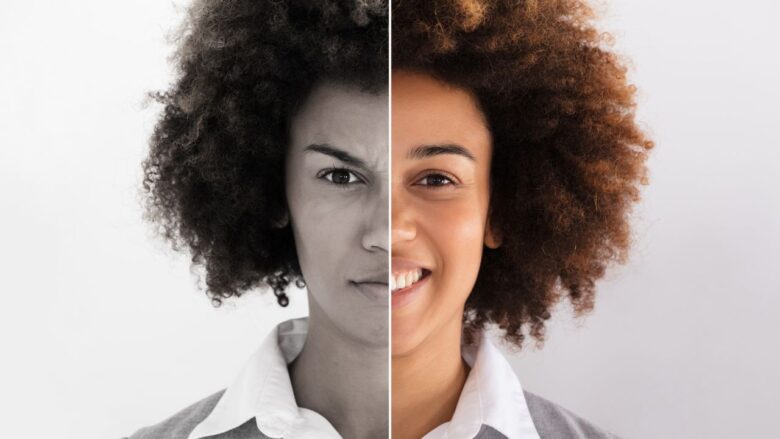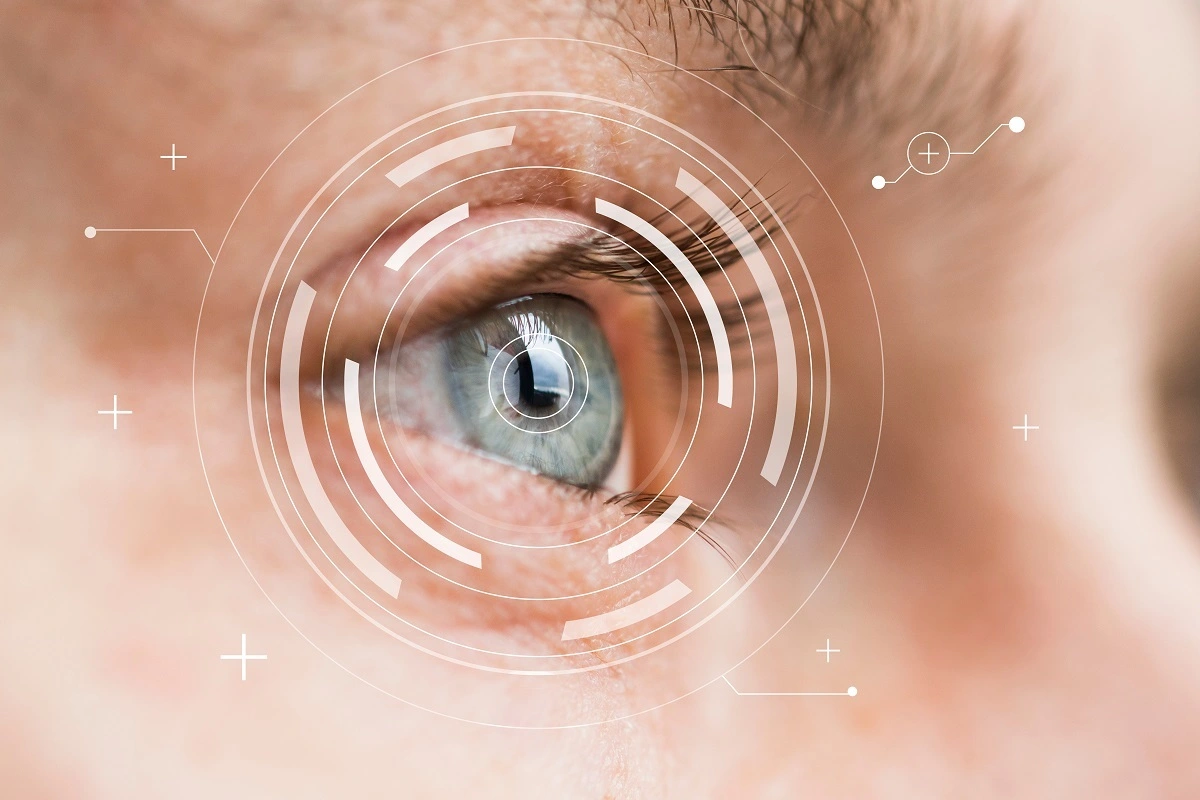We’ve all been there – looking through old photos and wishing we had a different facial expression in that perfect shot. Maybe we were mid-blink or had an awkward smile. Or perhaps we want to tweak a photo to have a more somber or cheerful mood.
Thanks to AI, we can now easily edit facial expressions in photos with photorealistic results. No more being stuck with photos that don’t convey your desired feeling. The future is here; read on as we tell you how to utilize it!
Contents
AI Editing Is Here

Source: linkedin.com
AI photo editing tools offer several conveniences compared to traditional photo editing methods. Automatic adjustments can save time and provide flexible edits with minimal effort. However, more granular controls would improve precision for power users.
AI photo editing is effective for basic uses like:
- Quick fixes – Automatically adjust exposure, contrast, and saturation to enhance overall photo quality.
- Simple transformations – Tweaking facial expressions, removing blemishes, or altering features with one-click adjustments.
- Experiments – Trying out several “what if” edits quickly to explore editing possibilities.
- However, for professional edits requiring pixel-perfect precision, limitations remain:
- Lack of granularity – Basic controls often adjust the entire face simultaneously, lacking tools for specific features.
- Imprecise edits – Automatic adjustments can skew proportions and introduce artifacts, requiring manual corrections.
- Inability to adjust AI recommendations – Without an “override” function, AI suggestions cannot be fine-tuned for optimal results.
These issues mean that for now, professional photo editing still requires the following:
- Targeted tools – Allowing edits element-by-element basis gives the most control over the final image.
- Manual optimization – Adjusting automated results provides the optimal mix of AI speed and human precision.
Using an AI Photo Editor
I’ve been playing around with HeyPhoto, an AI-powered online photo editor, and I’m blown away by how well it handles facial edits. I can change my gaze, smile, age, and more with just a few clicks. Let’s take a further, hands-on look at how this magical tool works!
Uploading a Photo
Head to the website’s platform and click the “Drop or paste image here” box. You can upload a photo from your computer or insert an image link. I uploaded a simple headshot of myself facing forward with a neutral expression.
The site supports JPG, PNG, and WebP files up to 5MB. For best results, make sure the face is visible and centered. Group shots and profiles don’t work as well.
The photo was processed quickly, and I was ready to have fun!
Changing Eye Gaze

Source: eetimes.com
I decided to start simply by shifting where my eyes were looking. A cute bird icon pops up – just click and drag it around to change the eyes’ gaze.
It was hilarious, making me look in all directions. I had to try the “yoga for healthy eyes” pose! The changes look so real, following how the eyes naturally move.
Uploading someone else? The anonymity tool lets you mask their identity for privacy. Then you’re free to goof around!
Adjusting Facial Expressions
For my next trick, I wanted a big beaming smile. The “Gimme a smile” tool did just that, allowing me to set the level of a smile. A maxed-out 100% grin made me look hilariously ecstatic.
You can also tweak emotions like happiness, anger, disgust, fear, sadness, etc. It’s incredible seeing my neutral face shift to convey different feelings.
I had way too much fun testing different expressions and emotions. It’s like FaceTune but better!
Changing Gender and Age
Now, time for the crazy effects! I was curious to see myself as the opposite gender. A masculinity/femininity slider subtly shifts bone and soft tissue structures to make the face appear more noticeably male or female. Androgynous midpoints between genders also produce fascinating results.
The changes are subtle but noticeable around the jawline and cheeks at the extreme ends. My favorite was finding the sweet spot halfway between for an androgynous look.
The age slider worked wonders at visualizing younger and older versions of myself. I laughed at the wrinkles and grey hair added at the max-age of 100. Going back to 5 years old made me look like a little kid.
This tool is perfect for seeing what you’d look like down the road or reminiscing about your youthful days.
Experimenting with Makeup and Hairstyles

Source: theknot.com
While the gender and age effects morph the actual face shape, the makeup tool overlays virtual cosmetics. You can add eyeshadow, eyeliner, lipstick, and more without the mess!
Though the options were endless, I gave myself a quick everyday makeup look. It detected and enhanced my real eyes, brows, and lips underneath. I experimented virtually with various eye makeup, lipstick, and even contouring looks.
The hairstyle tool is also a total game-changer. No more bad hair days! I can’t wait to try different cuts, colors, and textures.
How is it so Good?
The website can make such natural edits thanks to an advanced AI model trained on a massive dataset of thousands of facial images with annotations highlighting key features.
Through this training data, the AI model learns important facial landmarks like the contours of the eyes, nose, mouth, and face shape. It then detects these same landmarks in the input photo to determine how adjustments could realistically transform that face.
Conclusion
After reviewing the available tools, I recognize that AI-powered photo editing offers some convenient advantages – including saving time and providing more flexible edits than traditional photo editing. The initial results from the basic edits look quite compelling in how they can transform facial expressions.
For users who need precise control over specific elements of a face, though, more customized editing options for the mouth, nose, and eyes would improve the edits’ precision. While the automatic edits produce impressive results, granular controls could optimize the edits further for those seeking pixel-perfect corrections. AI-powered photo editing tools could offer the best automated magic and skilled human touch.
